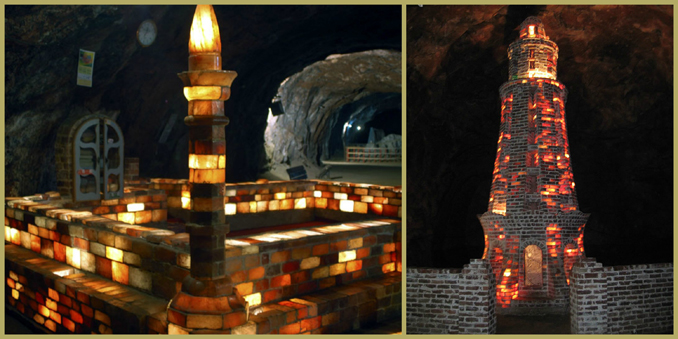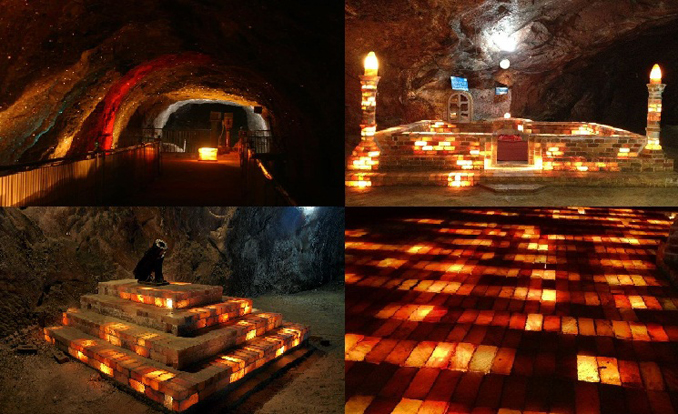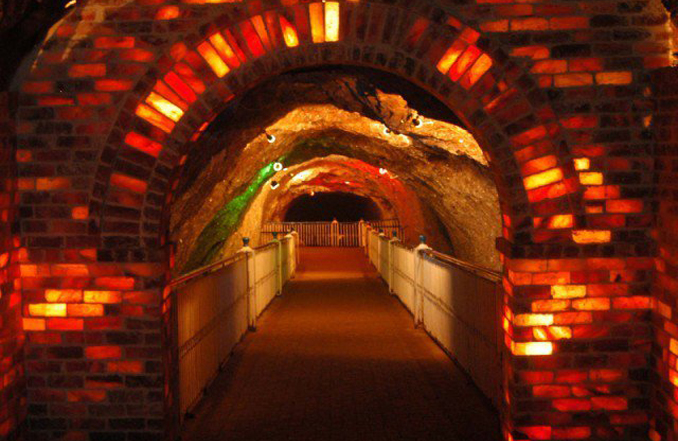Written by: Amna javed
Posted on: May 07, 2015 | 
KatasRaj Temple
The Katas site houses the ‘Satgraha’ – a group of seven ancient temples – remains of a Buddhist stupa, a few medieval temples and havelis, all scattered around the pond that is considered sacred by Hindus. Hindu temples located in the Potohar region are famous worldwide and a huge number of Hindu visitors travel to these areas in order to pay their homage. Tourists visiting these sites can also make their way to the nearby Kallar Kahar Lake for boat riding.

Today, these salt mines are the second largest in the world – turning out 325,000 tones of salt per year. The mine is a popular tourist attraction and draws a large number of visitors each day. Keeping this in mind the underground mine has been beautifully developed and contains various structures that capture the visitors’ attention. Among the earliest structures built in the mine is the miniature Badshahi Mosque. More recently the Great Wall of China, Lahore’s Shimla hill and the Minar-e-Pakistan have also been added. These structures have been built from solid salt bricks that vary in color from pink to white, and have been lit to emit a bright, yellow glow. The Khewra Salt mine also has its own fully functional post office made entirely out of salt bricks. This is the first and only post office in the world that is made entirely out of salt.

Gujrat is an ancient city of Punjab and is located between River Jhelum and River Chenab. Due to the area’s proximity to these two rivers, the land is good for cultivation of rice and sugarcane crops, which are the main crops of the region. The city is also known for its production of pottery and ceramic goods, fans and fine furniture. Gujrat also has the highest percentage of population that resides abroad and is known as the highest contributor towards foreign currency remittances in the country.

The route then reaches Gujranwala, also known as the city of wrestlers. An industrial city, it is the seventh most populous city of the country and is also among the fastest growing cities of Pakistan. The city’s agriculture and manufacturing sector has flourished tremendously due to the extensive rail and road linkages that have been provided. The city is primarily known for its export of fine quality rice. With numerous textile factories, cutlery factories and large agricultural processing plants, the city of Gujranwala is a commercial center and is playing a vital role in uplifting the economy of Pakistan.
You may also like: